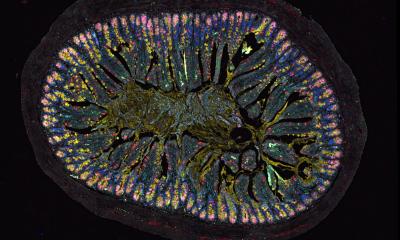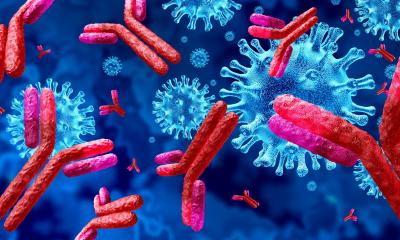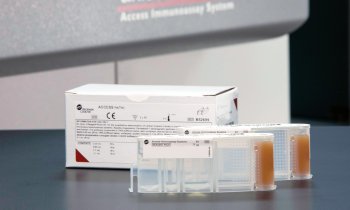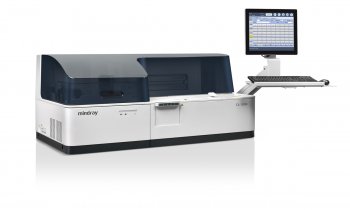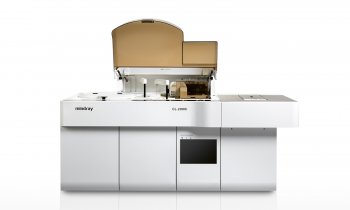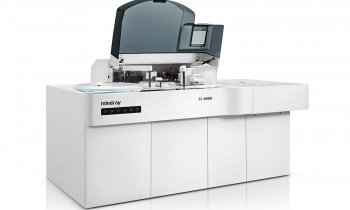
Illustration: © Niklas Elmehed for Nobel Prize Outreach
News • Peripheral immune tolerance
Immune system researchers receive Nobel Prize 2025 in Medicine
The body’s powerful immune system must be regulated, or it may attack our own organs. Mary E. Brunkow, Fred Ramsdell and Shimon Sakaguchi are awarded the Nobel Prize in Physiology or Medicine 2025 for their groundbreaking discoveries concerning peripheral immune tolerance that prevents the immune system from harming the body.
Every day, our immune system protects us from thousands of different microbes trying to invade our bodies. These all have different appearances, and many have developed similarities with human cells as a form of camouflage. So how does the immune system determine what it should attack and what it should defend?
Their discoveries have been decisive for our understanding of how the immune system functions and why we do not all develop serious autoimmune diseases
Olle Kämpe
Mary Brunkow, Fred Ramsdell and Shimon Sakaguchi are awarded the Nobel Prize in Physiology or Medicine 2025 for their fundamental discoveries relating to peripheral immune tolerance. The laureates identified the immune system’s security guards, regulatory T cells, which prevent immune cells from attacking our own body. “Their discoveries have been decisive for our understanding of how the immune system functions and why we do not all develop serious autoimmune diseases,” says Olle Kämpe, chair of the Nobel Committee.
Shimon Sakaguchi was swimming against the tide in 1995, when he made the first key discovery. At the time, many researchers were convinced that immune tolerance only developed due to potentially harmful immune cells being eliminated in the thymus, through a process called central tolerance. Sakaguchi showed that the immune system is more complex and discovered a previously unknown class of immune cells, which protect the body from autoimmune diseases.1
Mary Brunkow and Fred Ramsdell made the other key discovery in 2001, when they presented the explanation for why a specific mouse strain was particularly vulnerable to autoimmune diseases. They had discovered that the mice have a mutation in a gene that they named Foxp3. They also showed that mutations in the human equivalent of this gene cause a serious autoimmune disease, IPEX.2
Two years after this, Shimon Sakaguchi was able to link these discoveries. He proved that the Foxp3 gene governs the development of the cells he identified in 1995. These cells, now known as regulatory T cells, monitor other immune cells and ensure that our immune system tolerates our own tissues.3
The laureates’ discoveries launched the field of peripheral tolerance, spurring the development of medical treatments for cancer and autoimmune diseases. This may also lead to more successful transplantations. Several of these treatments are now undergoing clinical trials.
References:
- Sakaguchi S, Sakaguchi N, Asano M, itoh M, Toda M: Immunologic self-tolerance maintained by activated T cells expressing IL-2 receptor alpha-chains (CD25). Breakdown of a single mechanism of self-tolerance causes various autoimmune diseases; Journal of Immunology 1995; https://pubmed.ncbi.nlm.nih.gov/7636184/
- Brunkow ME, Jeffery EW,Hjerrild KA, Paeper B, Clark LB, Yasayko SA, Wilkinson JE, Galas D, Ziegler SF, Ramsell F: Disruption of a new forkhead/winged-helix protein, scurfin, results in the fatal lymphoproliferative disorder of the scurfy mouse; Nature Genetics 2001; https://doi.org/10.1038/83784
- Hori S, Nomura T, Sakaguchi S: Control of regulatory T cell development by the transcription factor Foxp3; Science 2003; https://doi.org/10.1126/science.1079490
Source: Nobel Prize Outreach
06.10.2025



